The Ministry of Health, Wellness, and Elderly Affairs is on high alert following an advisory from the Pan American Health Organisation (PAHO) regarding a surge in confirmed human cases of yellow fever in the Americas.
Cases of the mosquito-borne disease increased significantly in the last quarter of 2024, particularly in Bolivia, Brazil, Colombia, Guyana, and Peru, with approximately half proving fatal. PAHO has also noted a concerning shift in the disease’s geographic spread, with outbreaks occurring in areas previously considered low risk.
Although Saint Lucia has not recorded a confirmed yellow fever case in decades and the risk of an outbreak remains low, the presence of the Aedes aegypti mosquito on the island means transmission is possible if an infected traveller enters the island.
National Epidemiologist Dr Michelle Francois emphasised the importance of strengthening surveillance and preventative measures in response to this public health concern.
“The PAHO rapid risk assessment has classified the overall risk of yellow fever outbreaks in the Region of the Americas as high. It is imperative that we enhance our surveillance efforts, ensure early diagnosis, and implement prompt isolation and treatment measures to mitigate the risk of transmission,” she said.
Yellow fever is a viral disease primarily transmitted by the Aedes aegypti mosquito, the same vector responsible for dengue, Zika, and chikungunya viruses. Symptoms typically appear within three to six days of infection and may include sudden onset of fever, chills, headache, body aches, nausea, and vomiting. While many cases remain mild or asymptomatic, severe cases can lead to high fever, organ failure, bleeding, and jaundice (yellowing of the skin and eyes).
While many cases are mild or asymptomatic, severe infections can lead to high fever, organ failure, bleeding, and jaundice (yellowing of the skin and eyes). There is no specific cure for yellow fever; treatment focuses on managing symptoms. Medications such as aspirin and non-steroidal anti-inflammatory drugs (NSAIDs) should be avoided due to the risk of excessive bleeding.
Dr Francois stressed that prevention remains the most effective defence. Travellers to yellow fever-endemic countries are strongly advised to take the following precautions:
✅ Use mosquito repellent
✅ Wear protective clothing
✅ Avoid mosquito bites during peak activity hours (dusk and dawn)
✅ Get vaccinated
The yellow fever vaccine, a key tool in controlling the disease, is available in Saint Lucia at the La Clery and Vieux-Fort Wellness Centres. The vaccine provides effective immunity if taken at least ten days before travel. As each vial contains multiple doses, the public is encouraged to schedule appointments in advance to minimise wastage.
Residents are advised to stay informed and take necessary precautions, especially when travelling. The health ministry said it will continue to monitor the regional situation and provide timely updates as needed.





There seems to be conflicting opinions about this – do you need proof of a Yellow Fever inoculation to enter St Lucia if you are coming from a country not on the list, but transitting through a country on the list ie going through the transit lounge and not leaving the airport or going outside the lounge. Specifically I’m asking about Trinidad